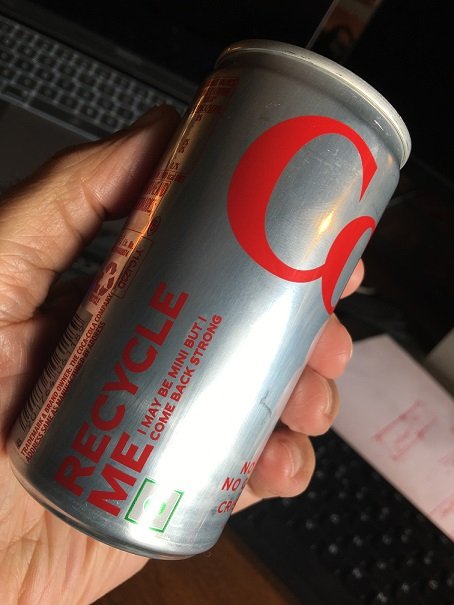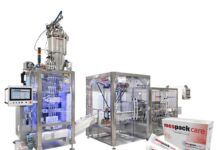
Millennials are the driving force for the increase in demand for sustainable packaging. They are especially concerned or alert to the use of plastics in packaging, Mark Tomkinson, communications leader at United Caps said during the Sustainability Week organized by the company between 11 to 13 January 2022.
He said that the shift towards sustainable packaging is visible from the fact that 89% of the manufacturers interviewed by Deloitte are actively looking to incorporate more recycled material into their packaging. Furthermore, 67% are already in the process of moving from PET bottles to rPET.
How do consumers act
According to the Deloitte study conducted in August last year, avoiding single-use plastic is the most common way consumers demonstrate their commitment to sustainability. The study records that 61% of the consumers queried say they have cut back on products that use single-use plastics. Awareness or focus on seasonality (49%) and the preference for buying local goods (45%) are the next biggest areas of consumer concern.
Ethical and sustainability issues remain a key driver for almost a third of consumers, who claim to have stopped purchasing certain brands for these reasons.
Key trends by segments
Tomkinson highlighted some key trends that demonstrate how customers approach various segments. When it comes to products such as fresh fruits and vegetables, consumers want more recyclable or compostable films and more paper and board-based packaging.

In the case of beverages, the most important request is for plastic bottles that are more recyclable or entirely made of recyclable content. In this segment, consumers also ask for more metal and glass packaging, Tomkinson said.
When it comes to dry fruit, consumers show a high level of interest in both recyclable and recycled plastic packaging, as well as fiber-based packaging.
In the case of dairy products, consumers demand plastic packaging, both flexible and rigid, that is either recyclable or compostable or includes recycled content. For frozen food, consumers want plastic with more recycled content.
Will consumers pay for green?
Not only are consumers demanding more sustainable packaging, they are also willing to pay for them. According to Tomkinson, across all segments, 60-70% of the consumers surveyed, said that they would pay more for sustainable packaging. A willingness to pay more was relatively equally distributed across the end-use segments.

About 52% of consumers said they would buy more products that use sustainable packaging if those products didn’t cost more than conventionally packaged ones. Approximately 35-36% of the respondents would buy additional sustainably packed products if they were more easily available in stores, available for more products, and better labeled to indicate green packaging.
Conclusion
Concluding his presentation, Tomkinson said that today’s consumers are concerned with the overall sustainability of the products they are purchasing, especially about the use of plastics.
He added that 61% percent of the millennials in the study, stated they are happy to pay more for eco-friendly products, and by 2026 this group is expected to command a 46% share of the beverage market, Tomkinson said.
In general, the study indicates that perhaps as many as 53% of the consumers in the US, and 65% of consumers in the UK, support environmentally friendly products.










